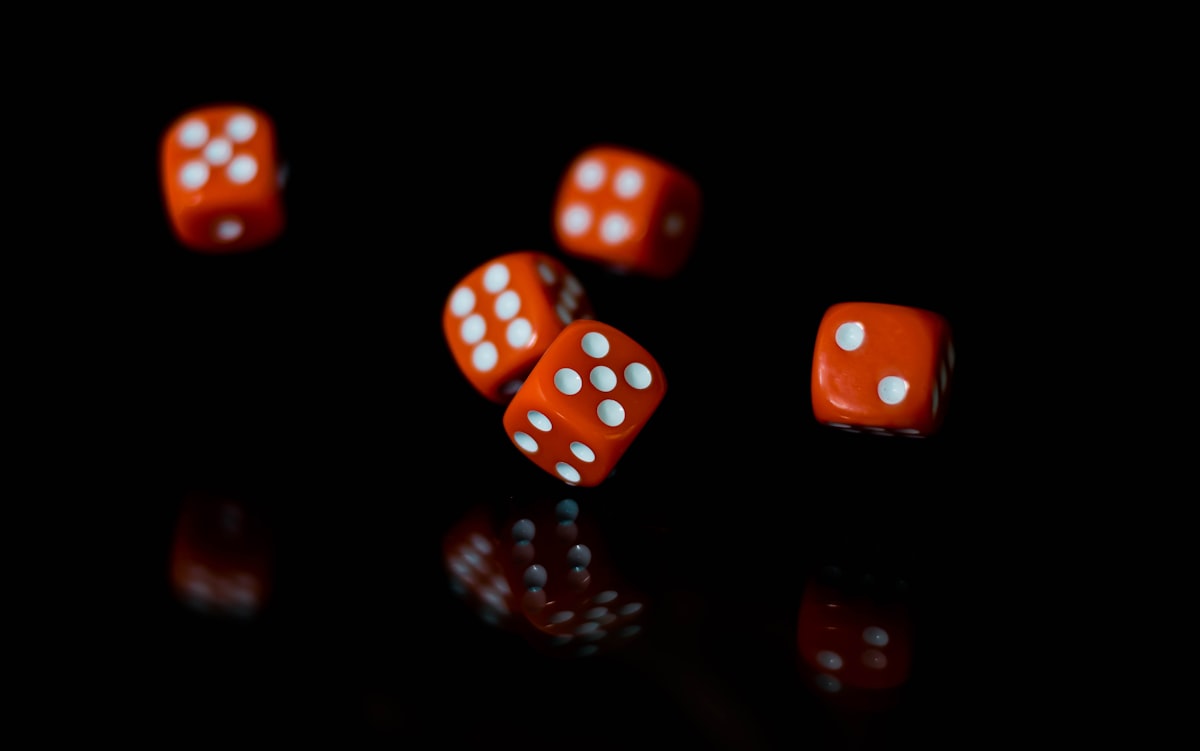12d6 DTL
An algebraically quadruple-powered method of attribute generation, for the profusion of Xd6 roll-under games on your shelf of shame!

He's back, baby-daddy! My wife has figured out that the polite way to cease my bloviating about table-talk games is to interject "I can't wait to read it on the blog!" Touché.
Reading Luke Gearing's recent Swyvers, I noted that the default save and skill roll of 3-5d6 under an attribute was reminiscent of a skill system presented by Gus L in his Tomb Robbers of the Crystal Frontier, and even at a stretch related to the core 3d6 dice roll of Steve Jackson's GURPS (which I plead to know nothing further about until I speak with my lawyer). I recall the practice traces back to some of the earliest published D&D modules, but I shan't be tracking down the citation on that.
The Problem
I am not immune to the allure of these mechanics, but I do find there is one glaring issue when ability scores are also generated by rolling the old American standard "3d6 down the line (DTL)." The sequential application of a pseudo bell curved roll (3d6 stat generation plus Xd6 roll-under action resolution) rather over eggs the pudding; an exceptional roll in character generation becomes further compounded, far worse than the (sometimes rightly, sometimes wrongly) maligned "d20 roll under ability score" action resolution method. Compare the odds of success for a spread of target numbers, hence ability scores, with these two methods (slightly rounded):
| Roll under | 3 | 5 | 8 | 10 | 12 | 15 | 18 |
|---|---|---|---|---|---|---|---|
| d20 | 15% | 25% | 40% | 50% | 60% | 75% | 90% |
| 3d6 | 0.5% | 5% | 25% | 50% | 75% | 95% | 100% |
To whit: observe that in OD&D and its retro-clones, a low score of 8 or even 5 would garner at worst a -1 modifier on d20 rolls. Frankly, I am dissatisfied with this situation, yet wish to salvage the rakish Xd6 roll under mechanic. So what if we change the ability score generation?
A Solution
Roll a single pool of 12d6 dice - I can assure you that this has good gamefeel, my young daughter assures it has good mouthfeel, and given intestinal transit times, I'll have my twelfth die back in a day and a half.
Assuming a classic 6-stat game, group all dice showing the same pip value together in clusters, and add that number of dice to a base value of 8 to determine each ability score. For example, I have just rolled: 1, 1, 1, 1, 2, 2, 3, 3, 3, 5, 5, 6. Hence my new character has 12 STR, 10 DEX, 11 CON, 8 INT, 10 WIS, 9 CHA.
This method has several appealing qualities in addressing the problem. The lowest score of 8 is a significant but not overly-punishing 25% success rate, while getting an attribute over 12 is uncommon, and scores over 15 are exceedingly rare (a single 20 and everything else 8 is the most extreme case, and even that should be accommodated by the Xd6 action roll). The sum of scores will always be 60, hence within reach of the gutter-lying 'joe schmoe' of the pathetic-aesthetic, and we don't need any of those ungainly "if your total of ability modifiers is less than some arbitrary threshold of rubbishness, start again."
If the difference seems too slight, consider the following. Players of the 5-and-a-bit edition of the world's biggest imploding lifestyle brand will nearly always have a starting 15 (+2) or 16 (+3) in their primary ability, which is +10-15% chance of success on those rolls. That correlates in terms of impact on dice odds with 3d6 action resolution to a starting score of 11, and if you have a 12 that's like starting with a 20 (+5) in old (? new) money.
But what, my gentle and bereft reader, should one do if they have but 3 scores to play with (such as in Swyvers or the Odd family)? Why, simply cluster 1-2, 3-4, 5-6 together of-course! Then add the count of dice in each cluster to a base of 6. Hence for the rolls above, our character would have 12 STR, 9 DEX, and 9 WIL (or what have you). The sum of scores is appropriately 30, again cutting any tall poppies short before they get big ideas.
Note that though best suited to Xd6 action rolls, this generation method is reasonably germane to d20 roll under systems as well, trading off a fairly tight spread with only the rare exceptional high score, but gaining a strong guarantee of 'equitable' scores, if one lusts for such things.
Commentary
I would love to hear from people with more play experience of these Xd6 roll under systems how they have found them in play, and whether these approach appeals to them. I haven't played Swyvers yet, but have used Gus' Xd6 system when running his adventure, and tried out a GURPS-like 3d6 roll under for a pirate game, each time running into issues, so the impetus for this experiment is not purely theory-crafting.
Keep your eyes to the sky, but don't look directly at the sun, as there will soon be new dastardly miss-adventures: same bat-time, same bat-channel!




